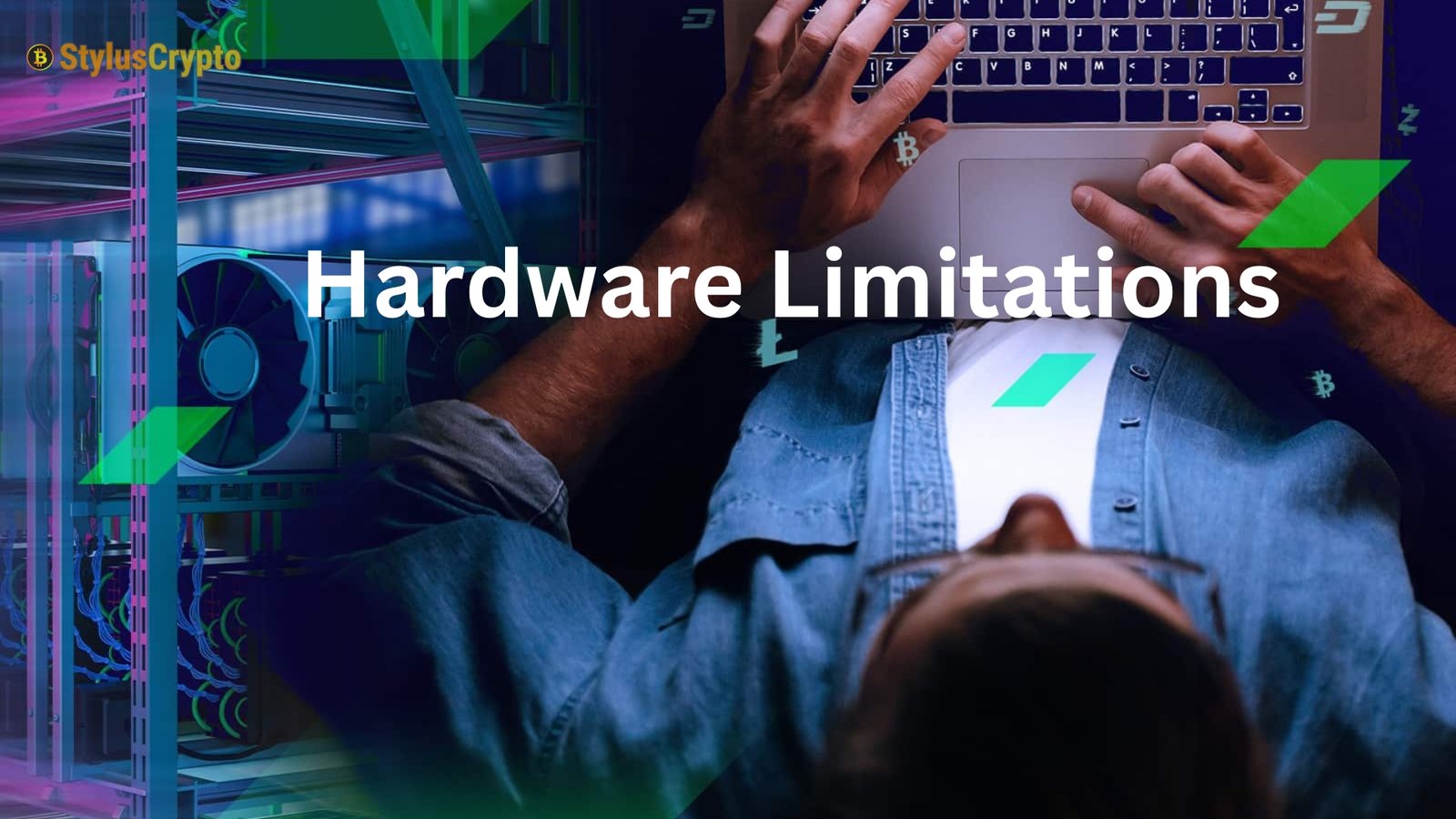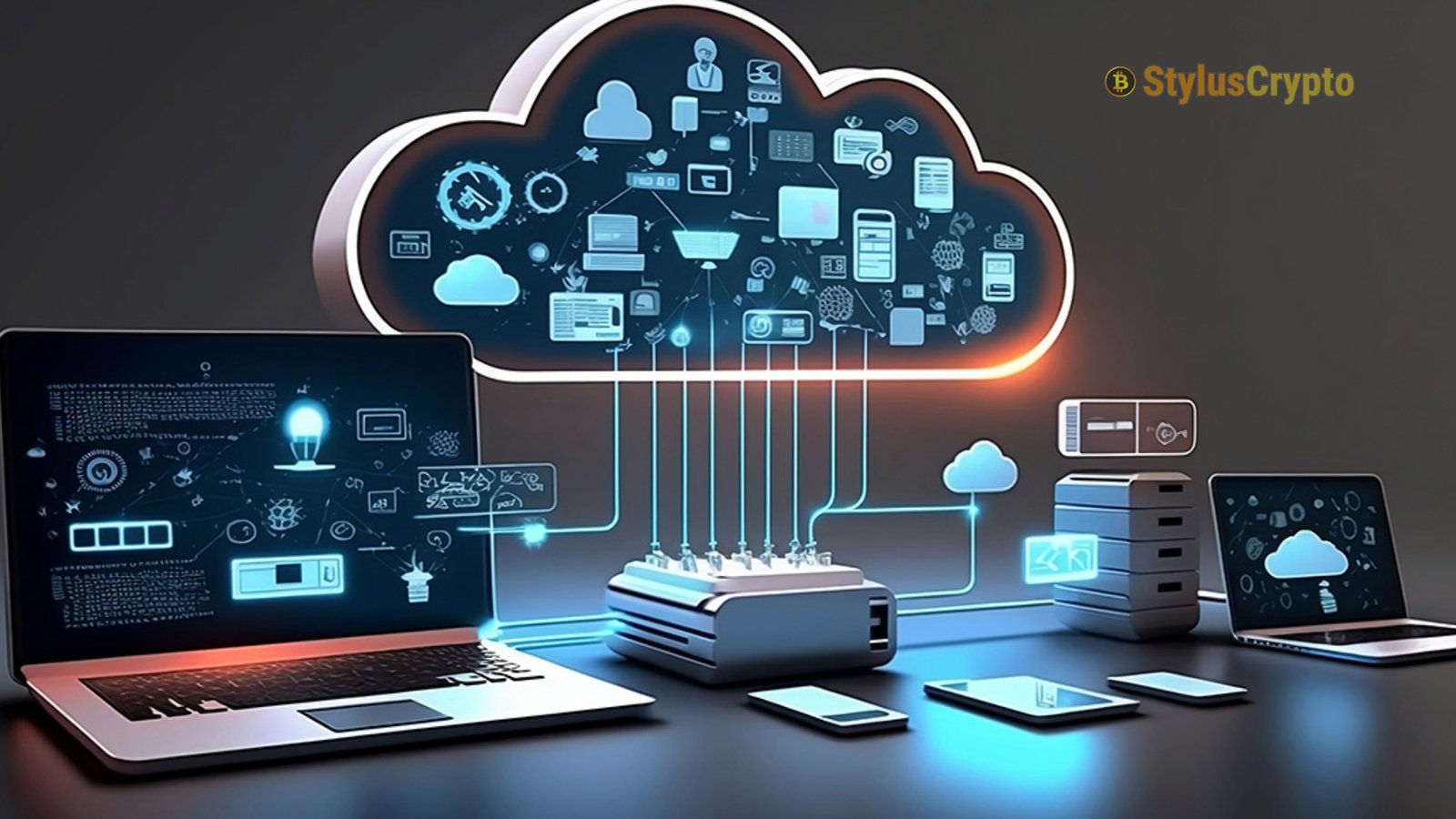Crypto Mining on a Laptop: Crypto mining and the cryptocurrency sector have come a long way from their start. Tasks that used to necessitate specialist hardware and massive amounts of power can now be accomplished with more widely available devices, such as laptops. However, with the increasing complexity of cryptocurrencies like Ethereum and Bitcoin, the question remains: Will it be worthwhile to mine on a laptop in 2024? Laptop mining is discussed in this article, along with its potential, difficulties, and future.
What is Crypto Mining?
To “mine” cryptocurrency means to verify transactions on a blockchain in exchange for digital currency. Solving difficult mathematical puzzles, called “proof of work,” is necessary to ensure legitimate transactions. Cryptocurrencies like Bitcoin and Ethereum rely on mining to secure and legitimate their blockchains.
Initially, mining was accessible to everyone with a computer, desktop, or laptop. The advent of more energy-efficient mining technology, such as Graphics Processing Units (GPUs) and Application-Specific Integrated Circuits (ASICs), has made mining ever more challenging over time.
Is Laptop Mining Still Possible?
While it is theoretically feasible to mine cryptocurrencies on a laptop, it would be a huge waste of time and energy for the average user. Regarding crypto mining, laptops can’t handle the processing power required. There is some truth to the claim that Central Processing Units (CPUs) can mine, although GPUs and ASICs are much more efficient. The processing power of most current laptops is insufficient to solve difficult cryptographic puzzles quickly enough to be competitive.
Types of Cryptocurrencies That Can Be Mined on a Laptop
Some cryptocurrencies are easier to mine than others, particularly CPU-friendly ones. Here are a few examples:
- Monero (XMR): Monero uses the RandomX mining algorithm, optimized to be CPU-friendly. One of the few remaining possibilities is to mine Monero on a laptop.
- VerusCoin (VRSC): You can mine VerusCoin on general-purpose devices, such as laptops because it utilizes an algorithm called VerusHash, which is CPU-friendly.
- Raptoreum (RTM): Another algorithm optimized for CPUs is GhostRider, which Raptoreum uses. It is still usable by miners using common hardware, just like Monero.
Factors to Consider Before Mining on a Laptop
While it’s possible to mine cryptocurrencies like Monero or Raptoreum using a laptop, there are several factors to consider before diving in:
Hardware Limitations
The constant, high-power requirements of cryptocurrency mining are too much for laptops to handle. A laptop’s cooling system can be overwhelmed by the heat generated during mining, which could damage the hardware. If your device is left in hot conditions for too long, its components, such as the battery, GPU, and processor, might not last as long.
Energy Consumption
Laptops aren’t as energy-efficient as desktop computers or specialized mining rigs, and mining uses much power. Although it may be more convenient to mine on a laptop, the electricity expense could exceed any profits from mining, especially in areas where electricity is expensive.
Profitability
How much money you make from cryptocurrency mining depends on several factors, including your device’s hashing power, the cost of electricity where you live, and the cryptocurrency itself. Your profits will probably be low because laptops aren’t nearly as powerful as dedicated mining gear. Moreover, casual laptop miners can’t make any substantial income due to the extremely competitive mining environments of most of the main cryptocurrencies.
Software Options
Specialist software is needed for laptop mining to control the mining operation and connect to the blockchain. The following are examples of well-known mining applications that are small enough to run on portable computers:
- XMRig: One of the most well-known programs for mining Monero on CPUs.
- VerusCoin miner: An application developed to mine VerusCoin using graphics and central processing units.
- Raptoreum Ghostrider: Users of laptops may mine Raptoreum effortlessly using this software.
Each software option requires proper setup and configuration to ensure your laptop operates efficiently.
Challenges of Laptop Mining in 2024
While mining on a laptop may seem appealing due to its accessibility, several challenges make it less practical in 2024:
Hardware Wear and Tear
Mining is a huge tax on a laptop’s hardware, especially its CPU and cooling system. Laptops aren’t made to do nonstop high-performance computing but rather moderate duties like browsing, office work, and media consumption. If your laptop is outdated or poorly ventilated, you run a far higher chance of hardware failure when mining it.
Heat Management
Laptops typically have trouble keeping up with the high temperatures produced during mining. The heat can stifle the processor if proper cooling solutions are not in place, reducing mining efficiency and profitability. Inadequate heat management has the potential to harm interior components over time.
Low Hash Rate
When referring to the rate at which a device can solve cryptographic riddles, the term “hash rate” is used. Unlike specialist mining rigs equipped with graphics processing units (GPUs) or application-specific integrated circuits (ASICs), laptops, even high-end models, typically have substantially lower hash rates. This indicates that the processing power offered by a laptop is insufficient to compete with more powerful mining systems, which further reduces the profitability of the mining operation.
Electricity Costs
The cost of electricity may be greater than the modest quantity of cryptocurrency made because laptops are less energy-efficient. It is possible that mining activities would result in a net loss rather than a profit in areas where the cost of electricity is high.
Alternatives to Laptop Mining
There are more practical alternatives than a laptop for those interested in mining cryptocurrency. These include:
Cloud Mining
Cloud mining services allow Users to rent hashing power from multiple large mining farms. Because of this, costly hardware is no longer required, and the service provider is responsible for its maintenance. However, cloud mining services typically demand an initial expenditure, and it is possible that they may not always be profitable because service fees and the prices of cryptocurrencies always fluctuate.
Mining Pools
To boost their chances of solving cryptographic problems, mining pools are groups of miners who combine their processing resources to solve the algorithms. Members of the pool divide the benefits according to the amount of hashing power they have supplied. If you join a mining pool, you can participate in mining without requiring high-end technology.
Staking
Many contemporary cryptocurrencies, such as Ethereum, are transitioning from proof of work consensus techniques to proof of stake methodologies. To assist in the validation of transactions and ensure the safety of the network, staking involves locking up a specific quantity of cryptocurrency. In contrast to mining, this approach uses far less energy and does not call for any specialist hardware.
Further Read: Best Crypto for Staking in 2024: Top Picks for Passive Income
Final Thoughts
Even though it is technically conceivable to mine bitcoin on a laptop in the year 2024, most users will not be able to adopt this strategy because of the constraints of their technology, the high amount of energy consumed, and the low profitability. The demands of modern cryptocurrency mining are just not designed to be met by laptops, and the risk of overheating and damage to the hardware surpasses any potential returns that could be gained from performing the mining.
If you are still interested in earning cryptocurrencies, you may find that options such as cloud mining, joining mining pools, or staking more practical offer solutions.
FAQs
Q1. Can I mine Bitcoin on my laptop?
Technically, yes, but it is highly inefficient and unprofitable. Due to the high computational power, bitcoin mining requires specialized hardware like ASIC miners. A laptop does not have the processing capacity to compete with modern mining rigs.
Q2. What is the best cryptocurrency to mine on a laptop?
While most major cryptocurrencies are not feasible to mine on a laptop, altcoins like Monero (XMR) are still mineable with CPU-friendly algorithms like RandomX. However, even these will yield low returns due to the limitations of laptop hardware.
Q3. Will mining on a laptop damage my computer?
Yes, mining on a laptop can cause significant wear and tear. The intense processing demand generates excessive heat, leading to potential overheating, reduced hardware lifespan, and system failure if not properly managed.
Q4. Is mining on a laptop profitable?
In most cases, mining on a laptop is not profitable. The low hash rate, high power consumption, and hardware degradation typically result in higher costs than the value of the cryptocurrency mined. Alternative methods like staking or trading are often more lucrative options.

